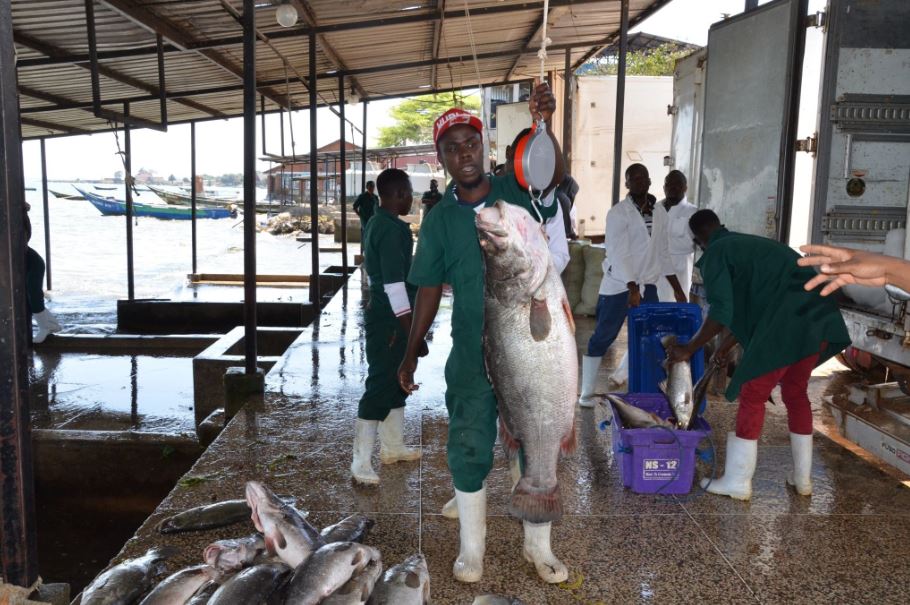
The agricultural sector is a vital component of Uganda’s economy, providing livelihoods for millions of people and contributing significantly to the country’s GDP.
According to the State of the Nation Address (SoNA) 2025, presented by President Yoweri Kaguta Museveni last week, the sector has recorded impressive growth and progress in various areas.
During his address to the nation, President Museveni highlighted some of the key achievements and initiatives that are driving the sector’s growth.
Key Achievements
The President noted that Uganda’s agricultural sector has recorded significant achievements in recent years, including:
Increased Coffee Production
The volume of coffee produced has increased steadily from 7.8 million (60-kilogram bags) in the financial year 2022/23 to 8.2 million (60-kilogram bags) in 2023/24.
Growth in Maize Production and Exports
The volume of maize produced increased from 3.4 million metric tons in 2018 to five million metric tons in 2024, while the value of maize exports increased from US$ 63.5 million in the financial year 2018/19 to US$ 195.3 million in 2023/24.
Increased Fish Exports
The value of fish and fish products exported increased from US$ 148.7 million in the financial year 2020/21 to US$ 152.8 million in 2023/24.
Diversification of Exports
He noted that Uganda is exporting new products such as cut flowers worth US$ 120 million to Europe and other countries, as well as 2,000 tons of avocados and 4,000 tons of bananas to countries like South Sudan, Kuwait, Thailand, and South Korea.
Investment in Irrigation Schemes
Museveni also revealed that the government is investing in large-scale irrigation schemes to increase agricultural productivity and reduce dependence on rain-fed agriculture. Some of the schemes he highlighted include:
Wadelai Irrigation Scheme: A 1,000-hectare irrigation scheme in Packwach District.
Acomai Irrigation Scheme: A 1,480-hectare irrigation scheme in Bukedea District.
Atari Irrigation Scheme: A 680-hectare irrigation scheme in Kween and Bulambuli Districts.
Priorities for Agro-Industrialisation
In a bid to leverage modern agriculture for economic growth, Museveni said the government has identified 10 priorities for agro-industrialisation in the financial year 2025/26, including:
Appropriate Agro-Processing Technologies
This will be achieved through developing and promoting appropriate agro-processing technologies to add value to agricultural products.
High-Quality Agricultural Inputs
He stated that the government aims to provide high-quality agricultural inputs, including seeds, fertilisers, and pesticides.
Irrigation Infrastructure
Museveni revealed that the government intends to construct key water storage and irrigation infrastructure to support agricultural production and mitigate losses incurred due to climate change.
Standards and Market Access
He pointed out that the government also intends to enforce standards and facilitate market access for agricultural products both within the country and for export.
Uganda’s agricultural sector is recording significant growth and progress, driven by government investment and initiatives, as noted by President Museveni.
The sector’s growth is contributing to the country’s economic development and improving the livelihoods of millions of people.
With the government’s continued support and investment, therefore, the sector is poised for even greater growth and development in the years to come.
